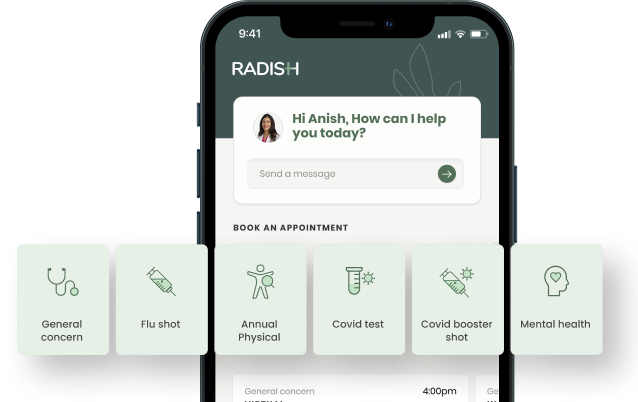How to Manage Conflict at Home and In the Workplace

Dr. Megan McGinn
Scrolling through Twitter today may make it seem like it’s impossible to disagree with someone without a great deal of hostility and divisiveness, but that does not have to be the case! Successful conflict resolution involves understanding the opposing point of view, separating the person from the conflict, and meeting somewhere in the middle.

In other words, not every disagreement has to involve interpersonal strife and alienation – in fact, they can be a fun exchange of ideas that leads to greater understanding.
Would You Rather Be Right or Happy?
People often feel stressed when entering conflict because they are focused on winning by proving that they are correct while the other person is wrong. This approach puts a competitive type of stress on the situation and is based on a cognitive distortion called the “all or nothing” thinking error. It is very rare that one argument is completely right and the other a total fallacy; in almost all cases there are many nuances or shades of gray, and the truth lies somewhere in between. With this in mind, the goal of confrontation should not be “being right”, but rather having the opportunity to express your point of view and come to a peaceful resolution. This goal will decrease the tension between opposing parties and thus decrease stress levels.
Listen to Be Heard
With this in mind, it is imperative to first figure out how you can make your point of view heard by the other person without triggering hostility. It may sound counterintuitive, but in order to be heard, you first have to listen. The emotionally intelligent person will enter a conflict by allowing the other person to express an opinion first. While listening to your opponent’s point of view, it is important to exercise active listening: maintaining eye contact, using body language that expresses interest, staying emotionally neutral, and asking clarifying questions. The purpose of active listening is to make the other person feel cared for and understood, so they are more inclined to negotiate with you and respond favorably to your argument.
Words Matter
Once you have a better understanding of the other person’s point of view, slow the momentum down by waiting at least 2 beats before responding in a slow, deliberate, and calm tone. When speaking, it is important to separate the other person from the issue that you are disagreeing about. Try to divide your mind and maintain respect for the person while expressing your disagreement on the topic. Try to avoid any accusatory or blaming language, and refrain from any personal attacks. For example, instead of saying “you are always talking over me and not listening”, try to externalize the issue from the person by stating “the communication pattern between us makes it feel like I am not being heard.” Keeping this in mind will help the conversation feel less hostile and more collaborative.
Find Common Ground
Finally, remember that at the end of the day it is possible to find common ground – even with people you feel completely at odds with. As humans, we share the same fears, anxieties, and needs, like love and acceptance. If you can peel back layers and figure out what motivates your opponent to believe certain ideas or behave in unpleasant ways, you will be able to relate to them more easily and be less angry. From this point of view, it is easier to negotiate and come up with middle ground resolutions that respect everyone involved.
We are all looking for collaborative, friendly homes and workplaces. Learning how to deal with conflict instead of avoiding it can promote this environment and make everyone feel more comfortable. If you are having trouble navigating this on your own or want more advice, book a Mental Health Consultation today.
Request a Free Demo
Learn how Radish Health can help you improve employee health and save on healthcare.
Request a Demo